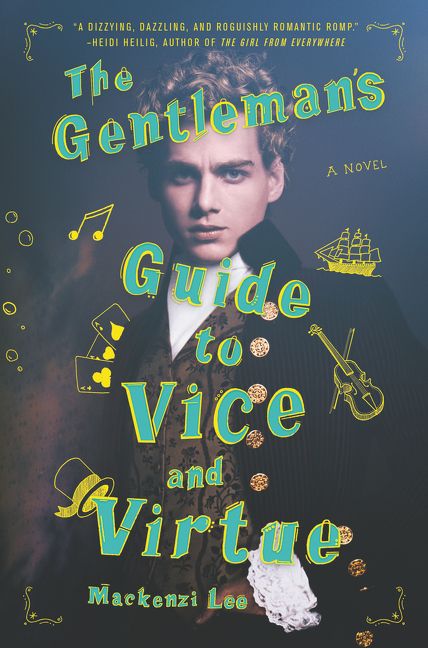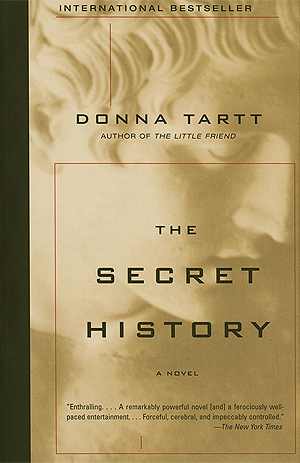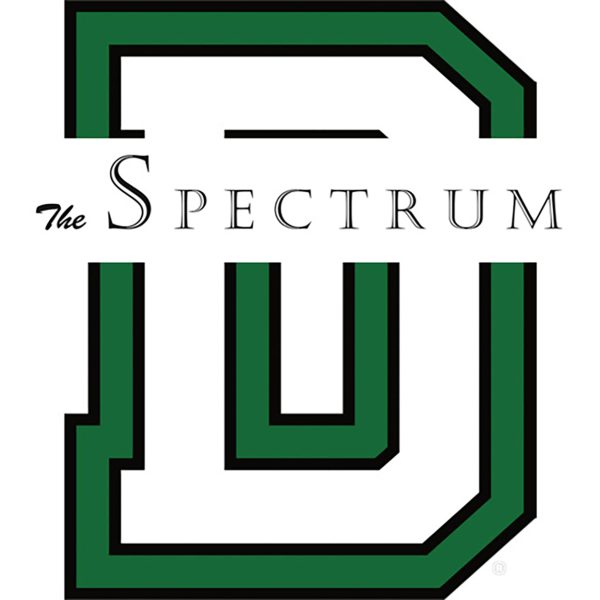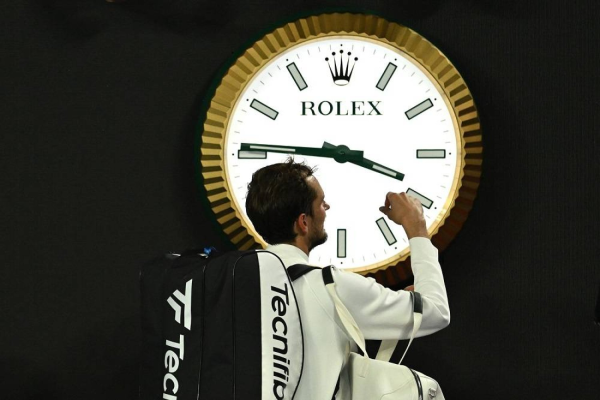Borne back ceaselessly into the past
Consider Mackenzi Lee’s The Gentleman’s Guide to Vice and Virtue and its companion The Lady’s Guide to Petticoats and Piracy. Both novels are set in seventeen-something Europe, but they’re far from dreary.
I’d bet a fair amount that most people think “historical fiction” is the driest, most boring phrase in the world, aside from maybe “tax codes” or “reading a blog about literature.” I imagine that for most of us, it evokes images of young boys courting young girls at extravagant balls, families huddled up in log cabins, and maybe a petticoat or two. And hey, that stuff’s cool, I guess, if you’re into the heteronormative prairie scene. But there’s far more to historical fiction than what meets the eye.
According to everyone’s best friend, Wikipedia, “historical fiction” is defined by a story that is set in the past. And if anyone’s still confused, “the past” is defined as all events that occur prior to a certain time. So while historical fiction can definitely be the horse-riding, cotillion-attending, hoop-skirted extravaganza that everyone thinks it is, it can also simply be a novel set in the nineties. (Because yes, it’s time to accept it, everyone: the nineties were more than five years ago.)
What I’m getting at here is that, yes, historical fiction is its own genre, but it can overlap with pretty much any other genre. In the same way that you can have a two-for-one genre like dystopian romance, you can also find historical tragedies, historical action stories, and even historical fantasies. Consider Mackenzi Lee’s The Gentleman’s Guide to Vice and Virtue and its companion The Lady’s Guide to Petticoats and Piracy. Both novels are set in seventeen-something Europe, but they’re far from dreary. Monty Montague (the leading heartthrob of Gentleman’s Guide) and his sister Felicity (the star of Lady’s Guide) might not be familiar with Netflix or the concept of deodorant, but they’re certainly well-versed in the realms of magic and mischief. (Think sea monsters and steampunk-ish mechanical organs and all that good stuff.) The duology’s time period more or less takes a backseat to the action, and you only really remember that it’s seventeen-whatever when it takes them weeks to sail across the Mediterranean.
Now, I’m well aware that not everyone has it in them to be a history buff. That said, human history is pretty extensive. Historical fiction novels can often be windows into the past that shed light on historical events we may not know about, but may end up sparking our interest. I’m talking books like Carol Rifka Brunt’s Tell the Wolves I’m Home (which deals with the 1980s AIDS crisis that the government likes to pretend never happened) and Katherine Locke’s The Spy With the Red Balloon (which features a fantastical spin on female roles in the Manhattan Project). Stories like these provide young readers with a more accessible understanding of history that they may not otherwise learn about in school, and can potentially cultivate a greater interest in how we got to be where we are.
Continuing in that vein, historical fiction is a great way for teens to feel connected to the past. With the exponential rise of technology, it can be difficult to imagine the past, simply because the world becomes more and more advanced every day. What we fail to realize is that we as people really aren’t all that different. Here’s an example – The Fresh Prince of Bel-Air is still hailed as one of the most iconic nineties TV shows. The world in the nineties looked considerably different than it does today – there was no Twitter, cars were still in their awkward phases, and people were wearing Canadian tuxedos like their lives depended on it. But the jokes from Fresh Prince still land, the heart is still there, and we still love it. We should be adopting this mindset with literature, too!
Libba Bray’s A Great and Terrible Beauty is a perfect example of a connection between then and now. The novel opens with main character Gemma Doyle getting into a massive fight with her mother at the market (Sound familiar? I bet). Her mom then promptly gets murdered, which I guess ruins the relatability aspect a bit. Anyway, the rest of the novel focuses on Gemma’s struggle to make friends with her classmates and to feel accepted in the world. She’s a teenager, just like everyone else, and her problems are some that all of us have gone through.
I’m not trying to spread pro-history propaganda here. You’re perfectly entitled to hate on hoop skirts and tricorn hats all you want. But it’s important that we acknowledge the impact historical fiction can have on our perception of the past. In the 200,000 years we’ve existed on this planet, we’ve done some pretty amazing stuff, and that has to count for something.
If history is up your alley, look no further for some recommendations: The Book Thief by Markus Zusak (if you haven’t heard of this book I honestly don’t know what to tell you), Eleanor & Park by Rainbow Rowell (a bittersweet 80s romance), and All the Crooked Saints by Maggie Stiefvater (a warm-hearted story about a family of saints set in the sixties).















